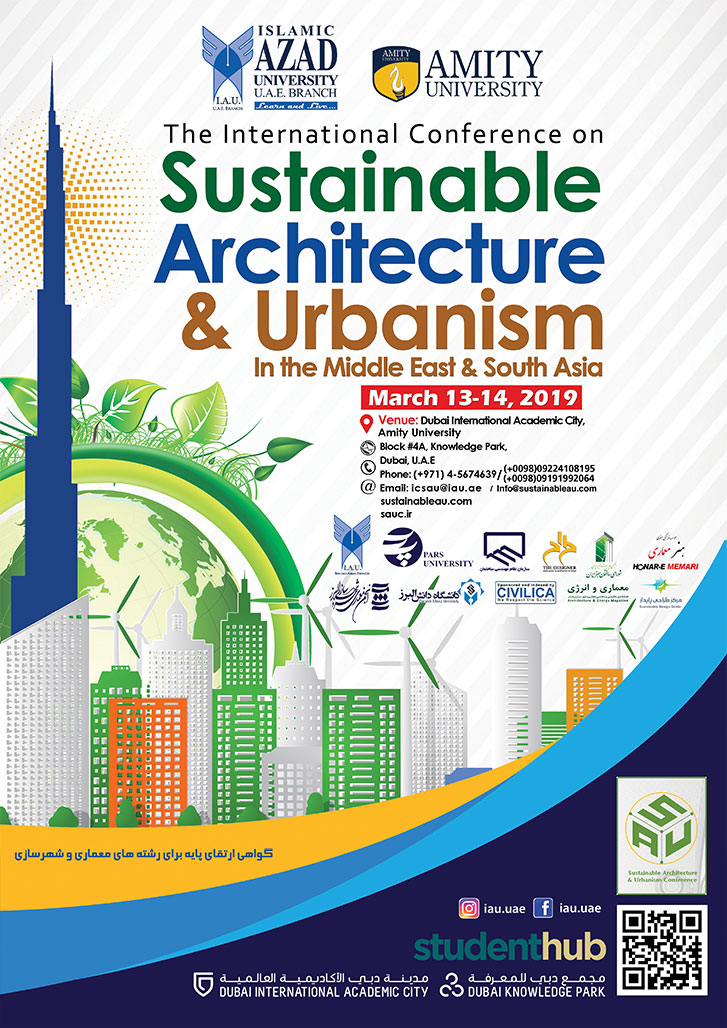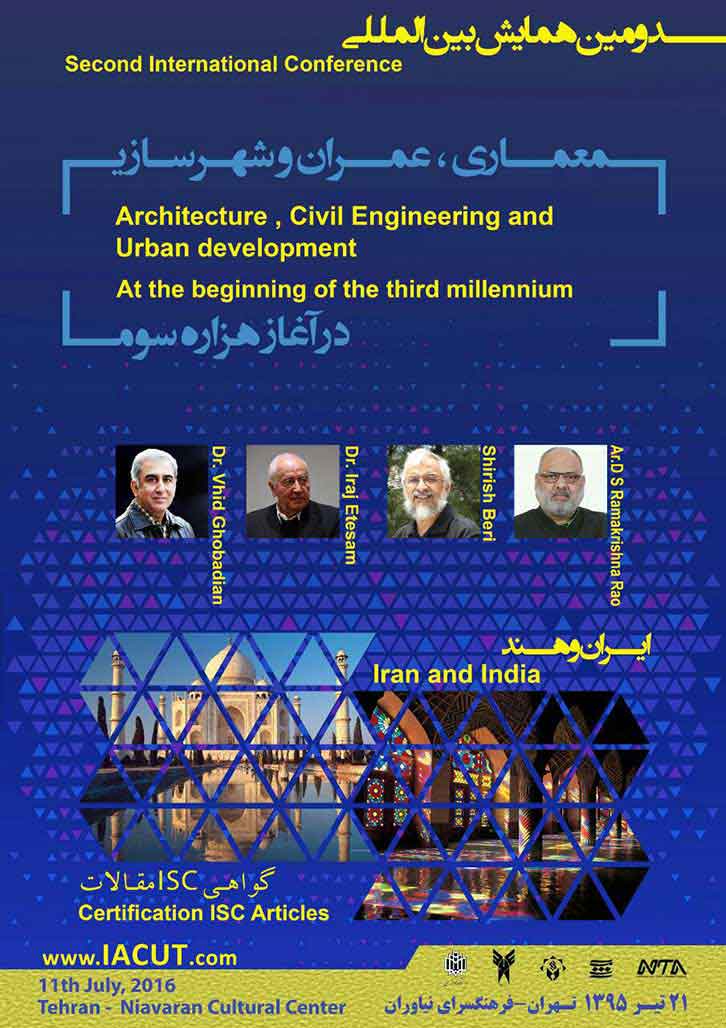
What is the basis of sustainable architecture?

Resource saving
This principle of sustainable architecture refers to the proper utilization of renewable energies and resources, such as fossil fuels, in order to reduce the consumption of these resources and make better use of renewable energies and resources, or natural resources such as solar energy. Saving resources is the core of this principle.

Return to the life cycle
The underlying second principle of sustainable architecture emphasizes the prevention of environmental pollution. According to this principle, materials can be transformed into other forms without damaging their usefulness. For example, materials and recyclables left over from one building can be the primary materials of another structure.

Design for humans
Human survival is guaranteed by the conservation of the ecosystem chains in which it lives. For this reason, the most important principle of sustainable architecture refers to the design of buildings to co-exist with humans. Renewable, urban design and human well-being.
Why sustainable architecture
Sustainable development in the Middle East and new cities Sustainable architectural development sustains traditional buildings and reduces water consumption in buildings and renewable energies and materials cycles


Conferences held
Sustainable in English
Sustainable
LEED buildings save energy, water, resources, generate less waste and support human health.
Flexible
LEED works for all building types anywhere. LEED is in 165 countries and territories.
Value
LEED buildings attract tenants, cost less to operate and boost employee productivity and retention.
2.2 million +
square feet is LEED certified every day with more than 90,000 projects using LEED.




















